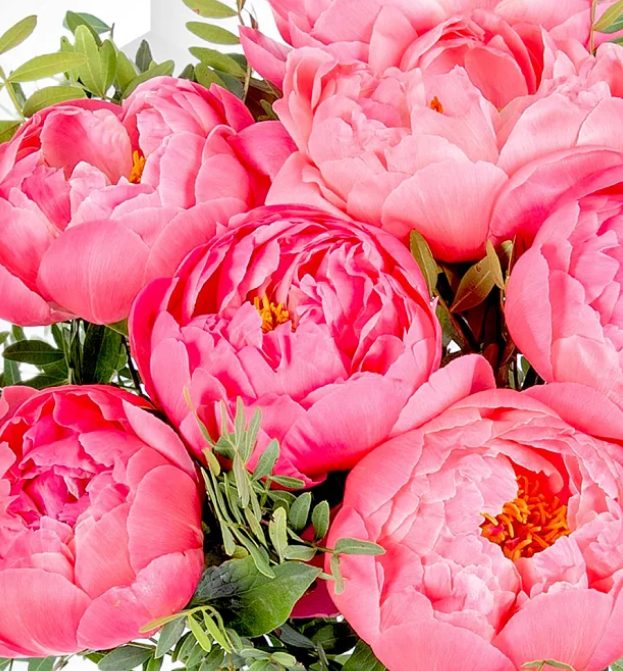
The History and Lore of Popular Summer Blooms
As the sun reaches its zenith and the days grow long and warm, gardens burst into vibrant displays of color, fragrance, and beauty. Each summer, a dazzling array of flowers grace our landscapes, captivating our senses and uplifting our spirits. But beyond their aesthetic appeal, many of these popular summer blooms carry rich histories and cultural significance that span centuries. In this article, we’ll delve into the fascinating history and lore of some well-known summer flowers, uncovering the stories behind their cultivation, symbolism, and cultural significance.
Roses (Rosa spp.)
Roses have been cherished for their beauty and fragrance since ancient times, with evidence of their cultivation dating back thousands of years. They were highly prized by the ancient Greeks, Romans, and Egyptians, who used them in ceremonies, perfumes, and medicinal remedies. Roses became associated with love and romance during the Middle Ages, when they were used as symbols of courtly love and chivalry.
Roses are commonly associated with love, passion, and beauty, making them popular choices for romantic occasions such as weddings and anniversaries. Different colors of roses carry specific meanings, with red roses symbolizing love and desire, white roses representing purity and innocence, and yellow roses signifying friendship and joy.
Sunflowers (Helianthus annuus)
Sunflowers are native to North and South America and have a long history of cultivation by indigenous peoples. Native Americans cultivated sunflowers for food, oil, and dye, using them in various culinary and ceremonial practices. Sunflowers were introduced to Europe in the 16th century and quickly gained popularity as ornamental plants and sources of edible seeds and oil.
Sunflowers symbolize adoration, loyalty, and longevity, as they follow the sun’s path across the sky from east to west. They are often associated with warmth, positivity, and happiness, making them popular choices for uplifting gifts and decorations during the summer months.
Lavender (Lavandula spp.)
Lavender has been prized for its aromatic and medicinal properties since ancient times. It was used by the ancient Egyptians in embalming rituals and by the ancient Greeks and Romans for bathing, cooking, and perfuming. Lavender became popular in medieval Europe for its purported healing properties and was used to ward off evil spirits and promote relaxation and sleep.
Lavender symbolizes tranquility, purity, and devotion, making it a popular choice for aromatherapy, relaxation, and meditation. It is often associated with healing, protection, and purification, and is used in rituals and ceremonies to promote emotional and spiritual well-being.
Hydrangeas (Hydrangea spp.)
Hydrangeas are native to Asia and the Americas and have been cultivated for centuries for their showy flowers and lush foliage. They were introduced to Europe in the 18th century and quickly became popular ornamental plants in gardens and parks. Hydrangeas have a rich cultural history in Japan, where they are associated with gratitude, apology, and heartfelt emotion.
Hydrangeas symbolize gratitude, grace, and abundance, and are often given as gifts to express appreciation and admiration. They are also associated with honesty, sincerity, and heartfelt emotion, making them popular choices for weddings, anniversaries, and other special occasions.
Peonies (Paeonia spp.)
Peonies have been cultivated for their large, fragrant flowers for over 2,000 years, with origins in China and Japan. They were highly valued in ancient Chinese culture for their medicinal properties and were used to treat various ailments, including headaches, asthma, and menstrual cramps. Peonies were later introduced to Europe, where they became popular ornamental plants in gardens and estates.
Peonies symbolize prosperity, good fortune, and happiness, and are often associated with wealth and honor in Chinese culture. They are also symbols of beauty, romance, and femininity, making them popular choices for bridal bouquets and floral arrangements.
Summer flowers not only delight our senses with their beauty and fragrance but also carry rich histories and cultural significance that span centuries. From the romantic symbolism of roses to the tranquil aura of lavender and the abundance of hydrangeas, each flower tells a story of love, gratitude, and beauty. As we admire these popular summer blooms in our gardens and bouquets, let us also appreciate the traditions, legends, and lore that have shaped their significance throughout history.
